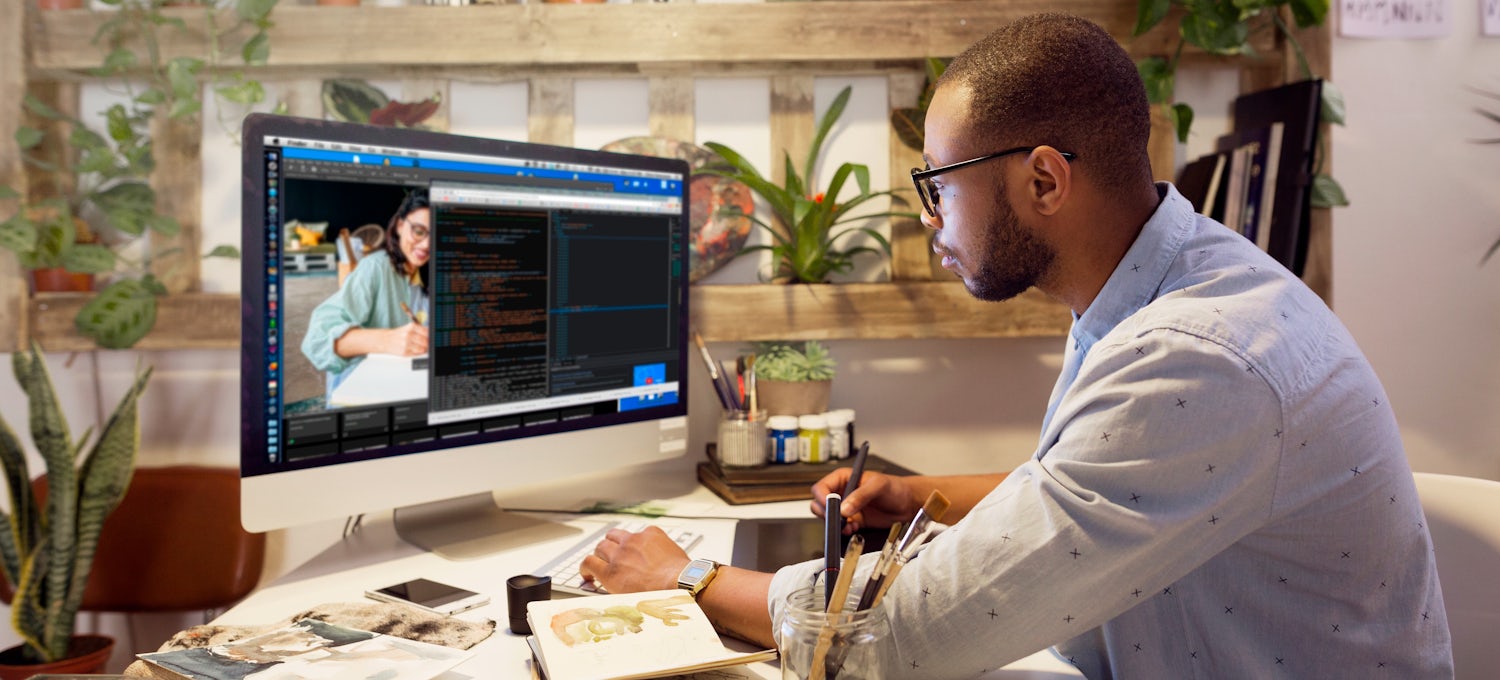Creative Website Design Solutions for Modern and Engaging Internet Sites
In the world of web design, the quest of modern-day and appealing solutions has ended up being significantly essential for companies aiming to catch user attention. By incorporating bold color schemes, interactive components, and receptive formats, designers can develop experiences that not just resonate with customers but likewise boost brand identification.
Embracing Vibrant Color Pattern
In website design, the tactical use of strong color design can dramatically boost customer involvement and brand identity. By employing vivid hues, designers can create aesthetically striking internet sites that catch focus and foster an unforgettable experience. A well-chosen shade combination not just shows a company's values yet also stimulates specific feelings that can affect customer actions.
Bold shades can be utilized to guide individuals' focus to key aspects such as contact us to action, improving conversion rates. For instance, making use of contrasting shades for buttons and web links can make these components attract attention, prompting users to interact even more conveniently. A cohesive color system across the site strengthens brand name acknowledgment, developing a feeling of experience and count on amongst site visitors.
Nonetheless, it is vital to balance vibrant shades with adequate white space to avoid frustrating users. Efficient usage of typography also complements vibrant shades, guaranteeing readability while keeping aesthetic charm. Ultimately, accepting strong color pattern in internet design not just raises visual top quality however additionally plays an important role in attaining critical company goals, making it an important consideration for modern internet development.

Utilizing Interactive Elements
Interactive components are important in contemporary website design, as they significantly boost customer involvement and develop a much more vibrant surfing experience. By including features such as computer animations, float impacts, and clickable aspects, websites can motivate individuals to check out content better and return for future brows through.

Micro-interactions, such as subtle animations when a switch is clicked or a form is sent, can also improve the user experience by offering prompt responses. These small details can make the web site really feel even more receptive and to life, promoting a feeling of connection in between customers and the website.
Moreover, gamification aspects, such as benefits for completing details activities, can inspire customers to involve with the content a lot more deeply. By thoughtfully incorporating these interactive elements, internet designers can produce an unforgettable and appealing online experience that resonates with customers and motivates them to return.
Executing Receptive Design
Executing receptive design is essential in today's multi-device landscape, ensuring that internet sites view it supply an optimum watching experience across numerous display sizes. As customers increasingly access the net via mobile phones, tablets, and desktop computers, a one-size-fits-all technique is no more sensible. Responsive style permits smooth navigating and interaction, adjusting design and material to fit the device being made use of.
Key concepts of responsive layout consist of liquid grids, versatile images, and media questions. Fluid grids make use of relative systems, such as percentages, as opposed to taken care of pixels, allowing components to resize proportionately. Adaptable images scale within their containing aspects, stopping overflow and maintaining aesthetic integrity. Media inquiries facilitate the application of different designs based on the device's qualities, such as size, height, or resolution, permitting developers to tailor the individual experience efficiently.
Additionally, responsive design enhances search engine optimization efficiency, as online search engine prefer mobile-friendly websites. By carrying out receptive design, organizations not only enhance customer contentment and interaction however additionally boost their reach in a competitive electronic landscape. As technology remains to evolve, embracing receptive design has become a basic practice for any type of modern and appealing site.
Integrating Multimedia Content
Multimedia content plays an important function in creating appealing and dynamic web experiences that catch individuals' interest and boost understanding. By combining text, pictures, sound, and video, internet sites can provide a richer story that allures to various discovering designs and choices. This assimilation not only reinforces user interaction yet additionally aids in conveying intricate ideas succinctly.
Including top quality images and infographics can damage up textual material, making it much more absorbable. Video tutorials and discussions can offer thorough insights that static web content might not fully interact. Audio aspects, such as podcasts or background songs, can additionally enhance the ambience of a website, creating a much more immersive experience.
In addition, the critical use multimedia can improve search engine optimization efficiency, as internet search engine prefer diverse material types, raising visibility. However, it is essential to ensure that multimedia aspects do directory not hinder web page lots times, as this can result in customer disappointment. By balancing multimedia combination with efficiency factors to consider, internet developers can develop visually attractive and practical web sites that reverberate with individuals, fostering a much deeper connection and motivating return sees.
Focusing On User Experience

To attain an optimal individual experience, developers must concentrate on several essential principles. First, receptive layout is vital; internet sites need to adjust perfectly to numerous devices and display sizes. This access makes certain that individuals can engage with content no matter their selected platform. Clarity in format and pecking order is important. Clear contact us to action, legible typography, and organized material overview individuals, minimizing cognitive tons.
Eventually, focusing on UX not just raises customer contentment but additionally drives involvement and conversion prices, making it a crucial component of modern-day internet design strategies. By putting customers at the facility of layout efforts, websites can develop long lasting, favorable impressions that motivate return gos to.
Verdict
Finally, contemporary web style solutions that emphasize strong shade systems, interactive elements, responsive style, and multimedia material significantly enhance user interaction and satisfaction. Prioritizing user experience via clear layouts and constant feedback even more adds to enhanced conversion prices. By taking useful site on these approaches, internet sites can efficiently mesmerize visitors and enhance brand name identification, eventually bring about a more dynamic and interesting online visibility. The integration of these design concepts is essential for attaining contemporary web layout objectives.